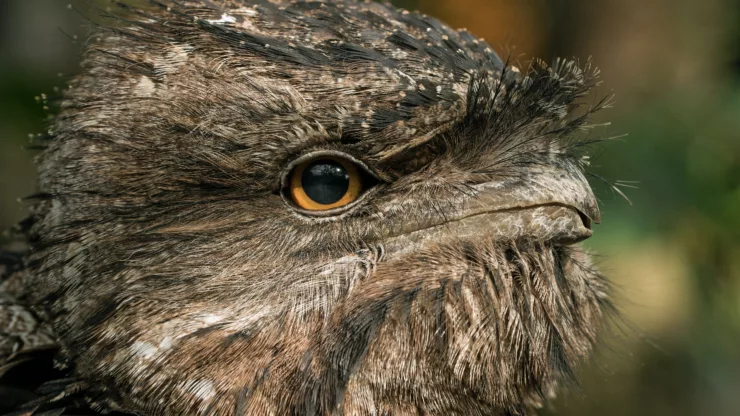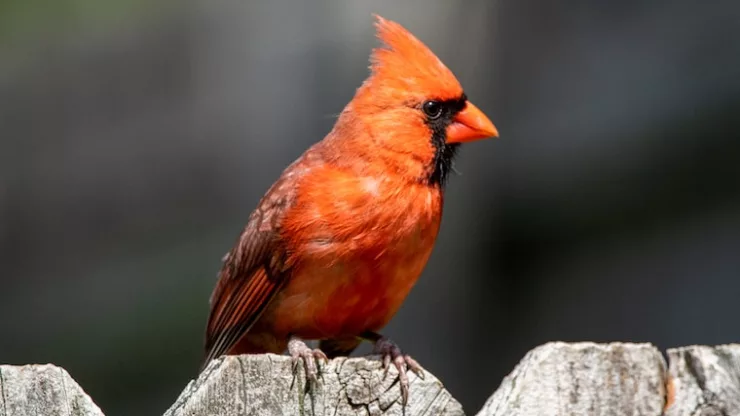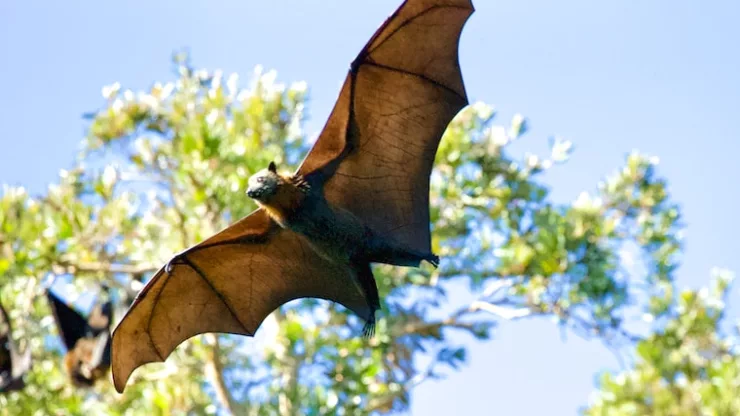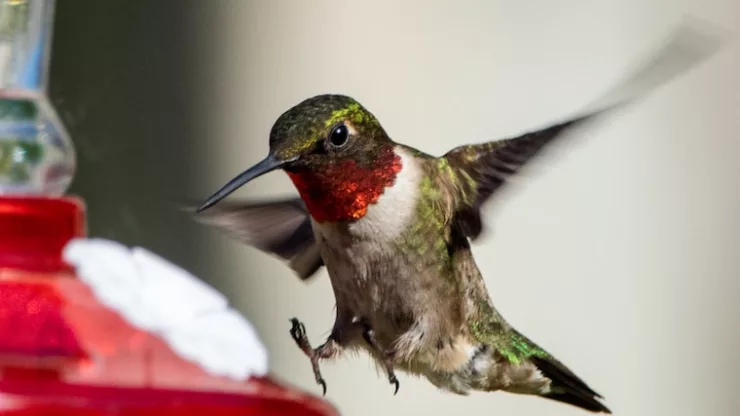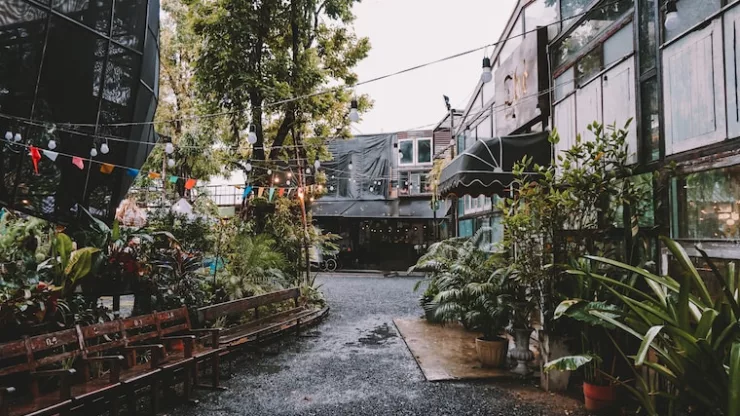Urban Wildlife Habitats: Creating a Haven in Your Backyard
If you’re looking for a way to connect with nature and bring a little bit of the outdoors into your backyard, consider creating an urban wildlife habitat.
By providing a safe and welcoming environment for birds, butterflies, bees, reptiles, and other small animals, you’ll not only enjoy the beauty of nature but also contribute to the health of your local ecosystem.
Jump to Section
Introduction
What are Urban Wildlife Habitats?
An urban wildlife habitat is a space in your backyard that is designed to attract and support a variety of native wildlife species. It can be as simple as a few plants and a bird feeder, or as complex as a fully landscaped garden with a pond, butterfly garden, and bird bath.
Why Create a Haven in Your Backyard?
Creating an urban wildlife habitat is a great way to support local wildlife populations and promote biodiversity.
It also provides a peaceful and relaxing environment for you to enjoy, and can help reduce stress and improve your mental health.
Understanding Urban Wildlife Habitats
Factors that Affect Urban Wildlife Habitats
When planning your urban wildlife habitat, it’s important to consider the following factors:
- Climate and weather patterns
- Soil type and quality
- Sunlight and shade
- Water availability
- Existing wildlife populations
- Local zoning and regulations
Planning and Designing Your Habitat
To create an effective urban wildlife habitat, consider the following tips:
- Choose plants and trees that are native to your area.
- Incorporate a variety of plant species to support a diverse range of wildlife.
- Provide food sources for birds, butterflies, and other animals.
- Include a water source, such as a bird bath or small pond.
- Create areas of shelter, such as brush piles or nesting boxes.
Choosing the Right Plants and Trees
When selecting plants and trees for your urban wildlife habitat, consider the following factors:
- Bloom time and duration
- Size and growth rate
- Soil and moisture requirements
- Wildlife food and habitat value
- Resistance to pests and disease
Maintaining Your Urban Wildlife Habitat
Watering and Irrigation
To keep your urban wildlife habitat healthy and thriving, it’s important to provide adequate water.
Consider installing a drip irrigation system or using a soaker hose to conserve water and minimize runoff.
Pest Control
To protect your plants and wildlife from pests and disease, consider using natural methods such as companion planting, insect-repelling plants, and biological controls.
Proper Pruning and Trimming Techniques
Regular pruning and trimming can help keep your plants healthy and promote new growth.
However, it’s important to use proper techniques to avoid damaging the plant or disrupting wildlife habitat.
Composting and Fertilizing
Composting and fertilizing can help improve soil quality and provide nutrients for your plants.
However, it’s important to use organic methods and avoid using synthetic fertilizers or pesticides.
Beneficial Wildlife for Your Habitat
Birds
Birds are an important part of any urban wildlife habitat, and can help control insect populations and spread pollen and seeds.
Consider providing bird feeders, nesting boxes, and bird baths to attract and support a variety of bird species.
Butterflies and Bees
Butterflies and bees are important pollinators and can help improve fruit and vegetable yields.
Consider planting flowers and herbs that are attractive to these species, such as milkweed, lavender, and wildflowers.
Reptiles and Amphibians
Reptiles and amphibians are often overlooked but important components of any urban wildlife habitat.
Consider providing areas of shelter, such as rock piles and log piles, and incorporating water features such as small ponds or shallow pools.
Small Mammals
Small mammals such as squirrels, rabbits, and chipmunks can help control insect populations and provide food for larger predators.
Consider providing areas of shelter such as brush piles and nesting boxes to attract and support these species.
The Importance of Urban Wildlife Habitats
Environmental Benefits
Urban wildlife habitats can help promote biodiversity and support local ecosystems.
They can also help reduce air and water pollution, and protect against soil erosion and other environmental problems.
Economic Benefits
Urban wildlife habitats can help increase property values and attract tourists and visitors. They can also help reduce energy costs by providing shade and insulation.
Social Benefits
Urban wildlife habitats can provide a peaceful and relaxing environment for people to enjoy, and can help reduce stress and improve mental health.
They can also provide opportunities for education and community involvement.
Conclusion
Final Thoughts on Creating a Haven in Your Backyard
Creating an urban wildlife habitat is a great way to connect with nature and support local wildlife populations.
By choosing the right plants and trees, providing food and shelter, and maintaining your habitat properly, you can create a beautiful and thriving ecosystem right in your own backyard.
FAQ
What is the best time of year to plant an urban wildlife habitat?
The best time of year to plant an urban wildlife habitat depends on your climate and the specific plants and trees you plan to use.
In general, it’s best to plant in the spring or fall when temperatures are mild and rainfall is abundant.
Do I need a large space to create an urban wildlife habitat?
No, you don’t need a large space to create an urban wildlife habitat.
Even a small backyard or balcony can support a variety of native plants and wildlife species.
How can I attract birds to my urban wildlife habitat?
To attract birds to your urban wildlife habitat, provide food sources such as bird feeders and fruit trees, as well as areas of shelter such as nesting boxes and brush piles.
You can also incorporate water features such as bird baths or small ponds.
I’m a nature enthusiast and creator of Metro Wilds and have spent years exploring the great outdoors.
With a passion for environmental conservation and sustainability, I have dedicated my career to writing about the beauty and wonders of nature, as well as the threats facing our planet.
Contact me at [email protected] for assistance.

